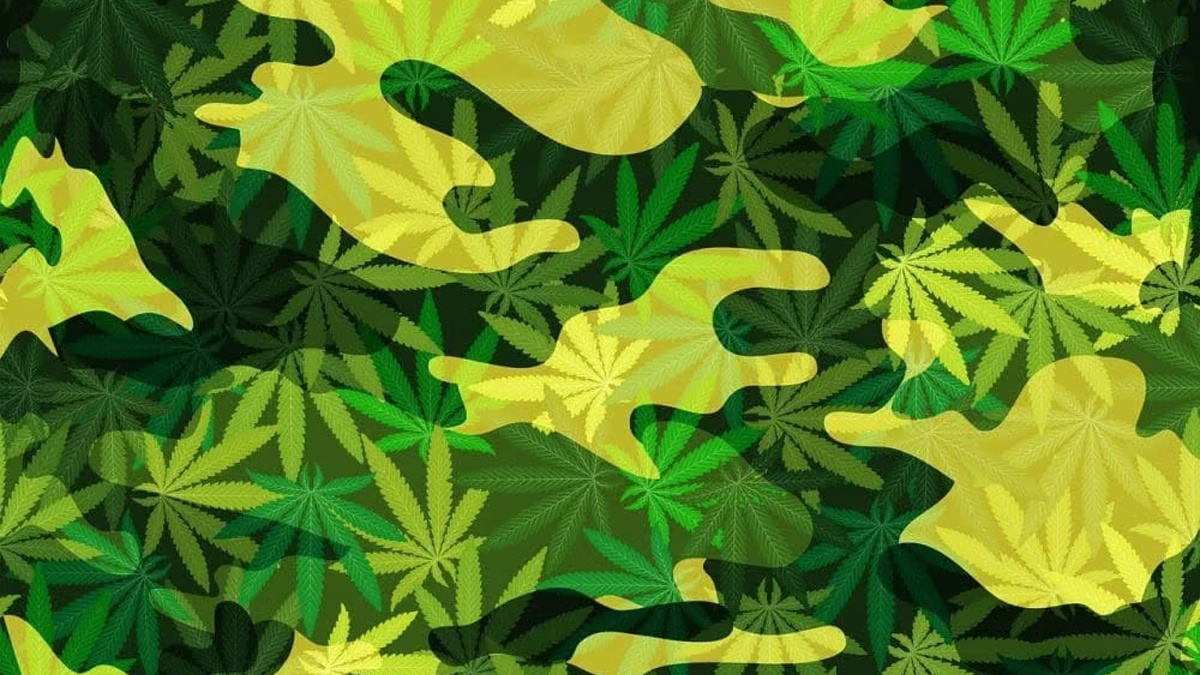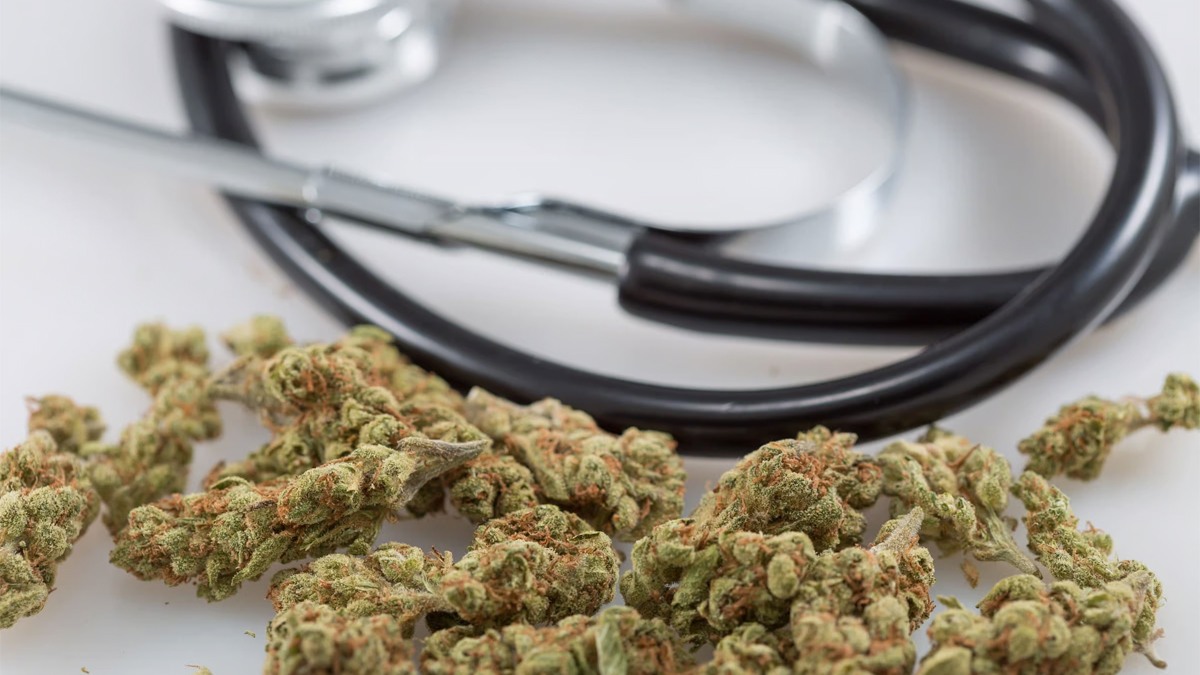From the hash and honey oil of the hippie era to the array of consistencies today, concentrates have evolved over time and they’ve come a long way. The 420 holiday, celebrating all things cannabis, gave way to another holiday: 710.
The Brotherhood of Eternal Love first smuggled in hash oils from Kabul, Afghanistan in the late ‘60s before concentrates were being made domestically. Honey oil methods were refined by the early ‘70s, with a few notorious concoctions that were made by pressing bricks of hash with an industrial press. A book entitled Cannabis Alchemy: The Art of Modem Hashmaking, written by David Hoye, was published in 1974, selling 100,000 copies. Another book, providing the same procedures, is Marijuana Potency, written by Michael Starks, was published 1977. Both books were available from book dealers who advertised in High Times at the time.
Butane honey oil (BHO) and alcohol-derived oils were constantly evolving, and Starks took it further to describe various solvents. In the May 1989 issue of High Times, there are wild instructions of how to build your own vaporizer for oil-based concentrates, with three methods including an adjustable model: Just grab household items like a rotary light-dimmer, a 12-volt auto bulb, and a transformer.
Sean Black wrote for High Times that its founder Tom Forçade was instrumental in generating interest in cannabis concentrates during the early days. The consistencies of hash, oils, and various other concentrates continued to evolve in steps.
Its origin is definitely up for debate, but rosin was introduced to the cannabis community through ICMag in 2006 by forum member Compashon, Weedmaps reports.
“Up until 2009, mostly water hash (or bubble hash, as it came to be known) and various kief products could be found on dispensary shelves in the U.S.,” Black wrote. “Some concentrates made with solvents were available, but most were subpar and stayed fairly unnoticed. It wasn’t until 2010, when the first U.S. Cannabis Cup was held in San Francisco, that these newer types of concentrates first appeared in a Cup competition, thereby introducing ‘dab’ culture to a broader audience.”
Tinkering with temperatures and processes gave way to many forms, much in the way that sugar can be converted into endless consistencies. Enter crumble, honeycomb, wax, sauce, diamonds and sauce, you name it.
710 As a Holiday
710 is the concentrate holiday that we’ve come to know and love, and it’s a time when brands offer their 710 deals. “For personal use, I turn to concentrates when I want a quick, effective hit, but don’t want to smoke,” says 22Red Arizona Territory Sales Manager Gustavo Briseno. “Concentrates are really great at preserving the full flavor and effects of the flower, while avoiding inhalation of the pyrolytic compounds that come with smoking. Cannabis fans are becoming more educated about how concentrates work and new tech is making them easier than ever to use. So from a professional standpoint, while they’re still a niche category, we see it growing and are taking full advantage of 710 with promos and PADs. The other part of that is making sure your products are of high quality, as we notice concentrate users know their stuff. At 22Red, that means pulling from top shelf flower and creating concentrates that are full-spectrum, packed with natural flavor, and are additive, pesticide, and solvent free.”
420 is a much older holiday, and the most credible story centers on five students at San Rafael High School in Marin County, California in 1971 who would meet at 4:20 p.m. by the campus’ statue of chemist Louis Pasteur to toke up. 710 as a holiday didn’t become a thing until about ten years ago. The first time that High Times featured dabs (and called by that name) on the cover of the magazine was in the October 2012 issue.
In 2013, cannabis-friendly outlets like High Times, Weedmaps, and LA Weekly started reporting on 710 as a holiday for the first time. Then, the first official 710 celebration—The 710 Cup, took place that year in Denver, Colorado.
“710 means a lot to us at The Artist Tree and to our customers,” says Lauren Fontein, co-founder of The Artist Tree. “The holiday is an excellent opportunity to expose the concentrate curious to cannabis oil items, while showing devoted fans new strains and products. We’ll be offering 30% off all concentrate and vape products on 7/10 at all of our retail locations. At our West Hollywood consumption lounge, The Studio Lounge, guests will be able to create their own freshly pressed concentrates from flower and sample limited edition drops from 710 LABS. The Studio Lounge is an especially great space to celebrate 710, as we offer a wide selection of premium dabbing devices and our team can help guide those new to dabbing on correct dosing and rig temperature. Last year, we saw 2.5 times the amount of concentrate sales than on a typical weekend across all our locations, so we know people are celebrating 710. Concentrates are the ideal way to consume cannabis for purists that enjoy the flavor and terpenes of the flower, while mitigating some of the health factors of smoking.”
In 2015, Phil “Soilgrown” Salazar accidentally made rosin after oil leaked out of wafer-thin sheets of poor quality hash he was pressing, and started posting photos. It caught on, though people were probably doing similar processes earlier.
Concentrates are continuing to evolve. In 2019, a new form of solventless concentrate emerges: Piattella. Hassans710, a European hash brand has been producing Piattella since 2019 and described it as the result of “cold curing full-melt [hash] to achieve a premium level of terpene retention.” The next future consistency to hit big is just around the corner.
Benjamin M. Adams via (https://hightimes.com/culture/dabbling-in-dabs-the-history-of-710/)
Keep out of reach of children. For use only by adults 21 years of age and older.










